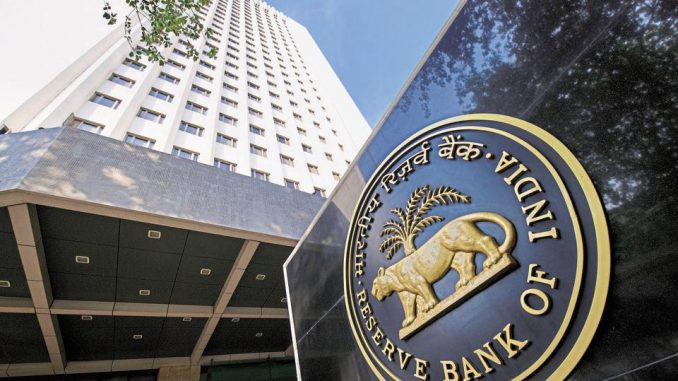
A rate hike at this stage would signal that the Reserve Bank of India is committed to maintaining financial stability and help boost investor confidence
The Indian economy is gaining momentum. The gross domestic product (GDP) data released last week showed that the economy grew at 7.7% in the fourth quarter of 2017-18, beating analyst expectations. It should please policymakers that the expansion during the quarter was fairly broad-based, as the agriculture, industry and services sectors are estimated to have grown at 4.5%, 8.8% and 7.7%, respectively. The manufacturing sector grew by 9.1%. Further, gross fixed capital formation at constant prices went up by over 14%, indicating a recovery in investment demand.
The GDP data also underlined some weaknesses. Private consumption remains weak, and the dependence on government expenditure continues. Further, a higher current account deficit due to higher oil prices will be a drag on growth in the current year.
However, the key question now is: What should the monetary policy committee (MPC) of the Reserve Bank of India (RBI) do in terms of policy action in its meeting later this week? It can be argued that the committee should leave policy rates unchanged, nurture the ongoing recovery, and wait for more data before taking action. However, on the other hand, the underlying price pressures and other factors warrant a rate hike. This newspaper believes that the MPC has sufficient reasons to go for a rate hike this week.
First, the committee, in its April review, noted that inflation in the first half of the current fiscal would be in the range of 4.7-5.1% and moderate to 4.4% in the second half, with risks on the upside. Although the monsoon is expected to be normal this year, there is a risk of a significant hike in the minimum support price, as announced in the Union budget, which could push inflation. Chetan Ghate, member of the MPC, in the April meeting, for instance, noted: “…my own research with co-authors shows that a one standard deviation net procurement shock not only increases inflation across all sectors, but after inflation rises for two quarters on impact, it remains positive for about six to seven quarters after that.”
Further, crude prices have firmed in recent months. Members of the Organization of the Petroleum Exporting Countries (Opec) and Russia have indicated that production will be increased, but prices are unlikely to come down significantly in a hurry. Domestic prices will also be affected by the current weakening bias in the rupee. Reduction in duties to reduce the price impact at the retail level will have fiscal implications and would warrant monetary policy tightening.
Second, core inflation is running above headline inflation and is close to the upper end of the band, which shows underlying price pressure in the economy. Manufacturing firms in the central bank’s latest industrial outlook survey expected input and selling prices to increase. A further rise in commodity prices, strengthening economic activity, and better pricing power would further push inflation and inflationary expectations. A Mint report, published last week, showed that adjusted net profit for 1,372 listed companies—at the aggregate level—went up by 13.88% in the March quarter, compared with a growth of 2.71% in the corresponding quarter of the previous year. Operating margins also improved on a sequential basis. Further, the latest Asia Pacific Regional Economic Outlook of the International Monetary Fund showed that India is the only country in the region where core inflation is running at a much higher level than the inflation target. Therefore, now that economic activity is picking up, with a possible reduction in the output gap, the MPC can comfortably turn its attention to inflation.
Third, uncertainty in the global financial market has increased since the last policy, with a tightening in financial condition that has resulted in an outflow of foreign portfolio investment. While there was an impending risk of faster-than-expected tightening by the US Federal Reserve, the re-emergence of problems in the eurozone has further complicated matters. A political impasse and the rise of eurosceptic parties in Italy have made markets nervous. Problems in the eurozone can increase risk aversion and volatility in global financial markets. Therefore, a rate hike at this stage would signal that the Indian central bank is committed to maintaining financial stability and help boost investor confidence, especially among foreign institutional investors. The central banks of Indonesia and the Philippines have also raised rates last month.
Since a reversal in the interest rate cycle is now certain, waiting till the next policy would confuse the market, resulting in more volatility and affecting the credibility of the central bank.
Source: Livemint

Leave a Reply